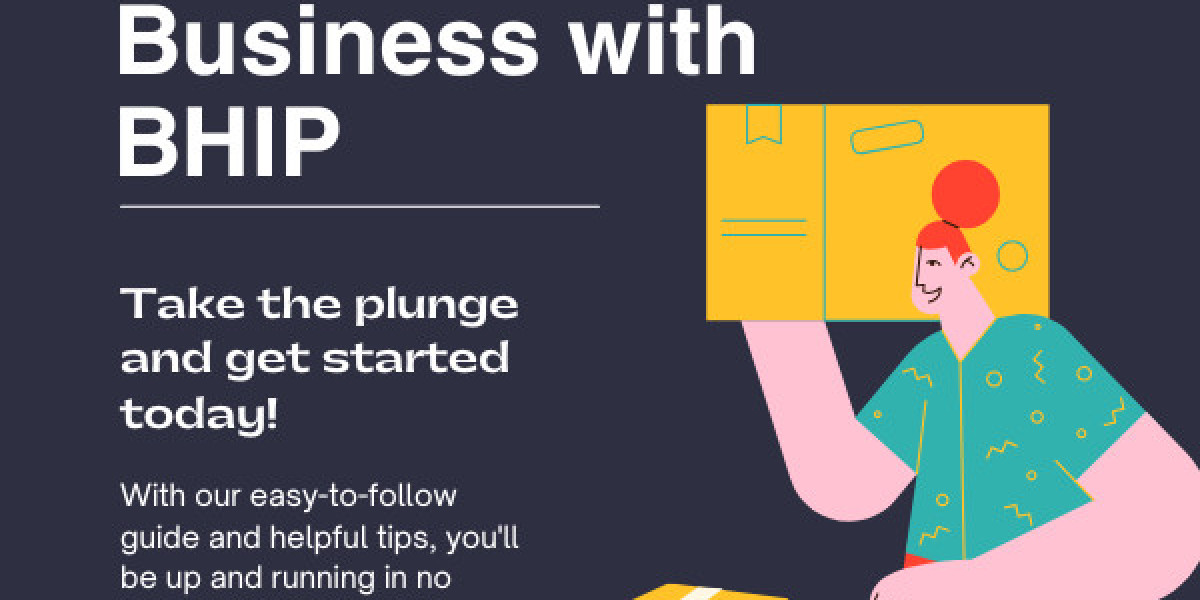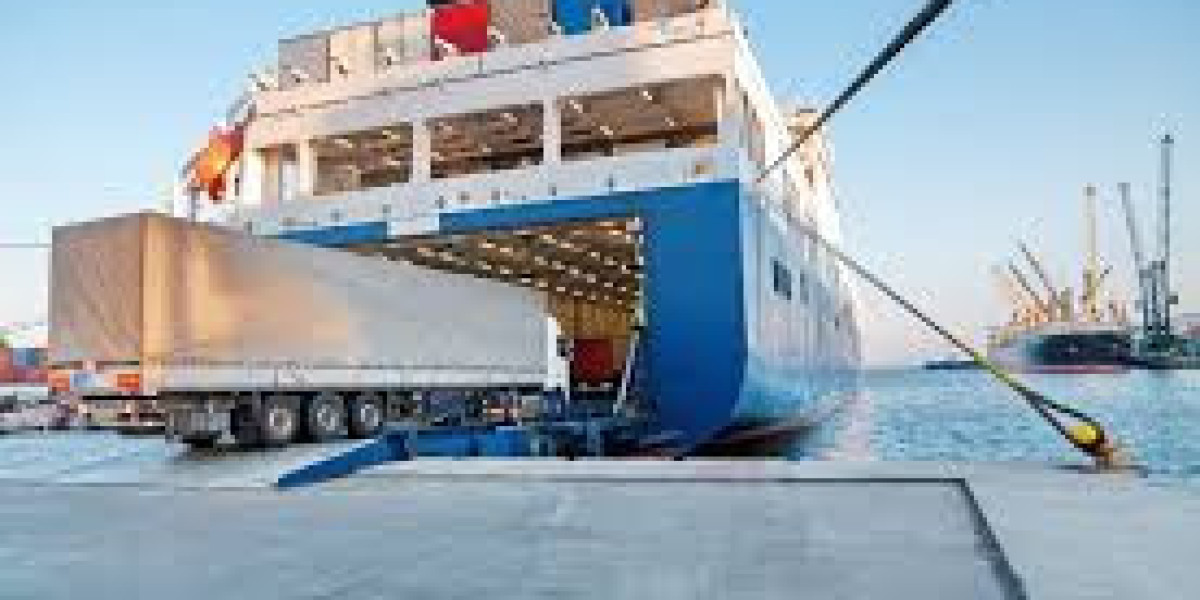Real-world success stories and revenue data offer fascinating viewpoints into the profit potential of both business models. While dropshipping entrepreneurs have reported monthly revenues ranging from $3,000 to $50,000, Amazon FBA sellers often see earnings between $5,000 to $100,000 monthly. Your success potential varies based on your execution, market selection, and commitment leve
Amazon FBA presents different dependency issues. You're bound by Amazon's strict guidelines, inventory requirements. online retail automation, and fee structure. While the platform offers stability, you'll need to monitor changes in Amazon's policies that could impact your profit margins. Storage fees and long-term inventory penalties can accumulate if you don't manage stock efficient
73% of consumers now prioritize delivery speed and tracking capabilities, making Amazon Prime's 2-day shipping a significant advantage for FBA sellers
Niche-specific dropshipping stores see 31% higher conversion rates than general stores, reflecting targeted buyer preferences
Consumer trust in established marketplaces has increased by 47% since 2023, benefiting FBA sellers on Amazon's platfo
Focus on products that enhance both comfort and productivity, such as adjustable desk risers and ergonomic peripherals. Target professional remote workers aged 25-45 who prioritize workspace optimization and are willing to invest in quality home office equipment that guarantees long-term comfort and productivit
Research your target audience's pain points, analyze competitors' strategies, and assess product trends using tools like Google Trends and social media observations. Focus on products with profit margins of at least 20% after accounting for advertising costs and platform fees. Validate your chosen niche by examining historical sales data and customer reviews on established marketplace
Both dropshipping and Amazon FBA can generate substantial income, with FBA sellers averaging $41,000 annual revenue in 2024. You'll need to weigh your capital availability, risk tolerance, and business goals to make the best choice. While dropshipping offers lower entry costs and flexibility, FBA provides higher profit margins and brand control - Suggested Internet site. Consider starting with dropshipping to test products before scaling into FBA for maximum profitabili
73% of consumers now prioritize delivery speed and tracking capabilities, making Amazon Prime's 2-day shipping a significant advantage for FBA sellers
Niche-specific dropshipping stores see 31% higher conversion rates than general stores, reflecting targeted buyer preferences
Consumer trust in established marketplaces has increased by 47% since 2023, benefiting FBA sellers on Amazon's platfo
Set up automated accounting software that syncs with your bank accounts and payment processors for real-time financial visibility
Create weekly cash flow reports to monitor key metrics like supplier payment deadlines, incoming customer payments, and operating expenses
Maintain a 3-month cash reserve to handle unexpected supplier price increases or shipping dela
Set up automated fulfillment protocols that trigger instant return labels. dropshipping guide when customers initiate returns through your portal. This system should automatically update inventory levels and notify suppliers. You'll want to establish predefined rules for common return scenarios, ensuring consistent handling without manual interventi
FBA offers Amazon's established logistics network and Prime benefits, but you'll need to comply with their strict control mechanisms and fee structure. Your scalability potential varies too - dropshipping allows rapid product testing with minimal risk, while FBA provides more stable, systematic growth through Amazon's proven infrastructur
Your target market seeks convenience and accountability in their fitness expedition. Focus on products that offer AI-powered coaching, real-time performance tracking, and seamless smartphone integration. The most successful dropshippers in this niche emphasize safety features and user-friendly interfaces. Consider bundling products with virtual training subscriptions to increase your average order value and customer lifetime valu
Start with reliable inventory forecasting software that integrates with your e-commerce platform. These tools will help you identify potential stockouts before they occur and maintain ideal inventory levels without overcommitting capital. Track key metrics like sell-through rates, order velocity, and customer behavior patterns to refine your prediction
With dropshipping, you'll face lower upfront costs but tighter profit margins due to supplier markups. Suggested Internet site. FBA requires more initial capital but often yields higher margins through bulk purchasing power. Your operating costs with FBA include storage fees and fulfillment charges, while dropshipping mainly involves platform fees and marketing expenses. This makes FBA potentially more profitable long-term, despite higher startup cos
lupitafleet253
48 Blog bài viết



